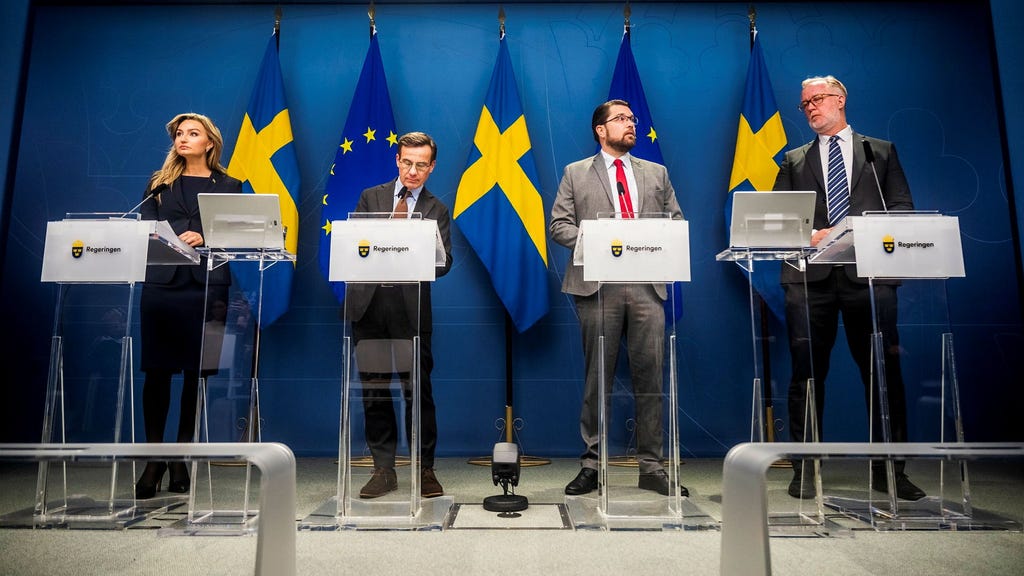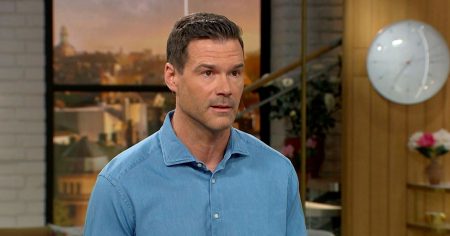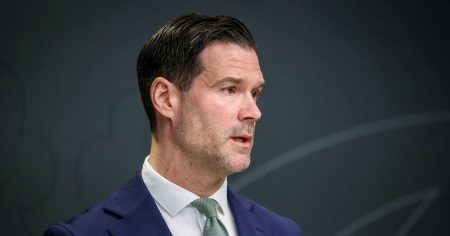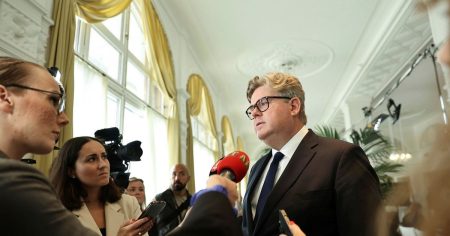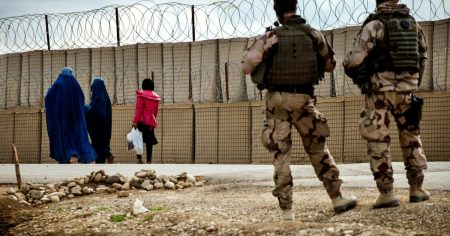The Swedish government’s energy policy is facing increasingly steep challenges, transforming what was recently a winning election issue into a significant headache for the Tidö parties (the governing coalition). New problems plaguing both nuclear and wind power sectors have created a critical juncture, forcing the government to confront a dramatic crossroads. This complex situation necessitates a deeper understanding of the interconnected challenges, the political ramifications, and the potential paths forward for Sweden’s energy future.
The initial optimism surrounding the government’s energy policy stemmed from promises of increased nuclear power capacity and streamlined permitting processes for wind energy projects. These pledges resonated with voters concerned about energy security and rising electricity prices, contributing significantly to the coalition’s electoral victory. However, the realities of implementing these ambitious plans have proven far more complex than anticipated. Delays and cost overruns in new nuclear reactor projects, coupled with unexpected setbacks in securing necessary investments, have dampened the initial enthusiasm. Simultaneously, the wind power sector is grappling with growing public resistance, environmental concerns, and regulatory hurdles, further complicating the government’s efforts to diversify energy sources.
The nuclear power sector, once hailed as a cornerstone of Sweden’s future energy landscape, is now facing significant headwinds. The construction of new reactors, intended to replace aging facilities and bolster overall capacity, is encountering escalating costs and protracted timelines. Securing the massive investments required for these projects has become increasingly challenging, with potential investors wary of the financial risks and uncertain regulatory environment. Furthermore, the complexities of nuclear waste disposal remain a contentious issue, adding another layer of complexity to the already strained nuclear landscape. These combined challenges have cast a shadow over the government’s nuclear ambitions, raising doubts about the feasibility of their initial plans.
Meanwhile, the wind power sector, envisioned as a key component of Sweden’s transition to renewable energy, is also encountering significant obstacles. While the government has pledged to streamline permitting processes, projects continue to face lengthy delays due to local opposition, environmental impact assessments, and concerns about grid capacity. Public resistance to wind turbines, often stemming from concerns about visual impact and potential noise pollution, has become a major impediment to project development. Additionally, the need for substantial upgrades to the existing power grid to accommodate the influx of wind energy poses another significant challenge, requiring substantial investment and coordination.
The convergence of these challenges in both the nuclear and wind power sectors has created a precarious situation for the government. The initial promise of a swift and decisive energy transition is now overshadowed by uncertainty and delay. The government is faced with a difficult choice: double down on their existing strategy despite the mounting hurdles, or reassess their approach and explore alternative pathways. This decision will have profound implications for Sweden’s energy future, affecting not only the country’s energy security and climate goals but also its economic competitiveness and overall societal well-being.
The government must carefully consider the multifaceted implications of their next move. Continuing with the current strategy risks further delays and cost escalations, potentially jeopardizing Sweden’s energy security and climate ambitions. Alternatively, a shift in strategy could involve exploring alternative energy sources, such as solar power, biomass, or hydropower, while simultaneously addressing the challenges facing both nuclear and wind power. This might require revisiting regulations, fostering greater public engagement, and exploring innovative financing mechanisms. Ultimately, the government must choose a path that balances the need for a secure and sustainable energy supply with the realities of technological feasibility, economic viability, and public acceptance. The road ahead is undoubtedly challenging, but with careful planning, strategic investment, and open dialogue, Sweden can navigate this complex landscape and secure a sustainable energy future.





